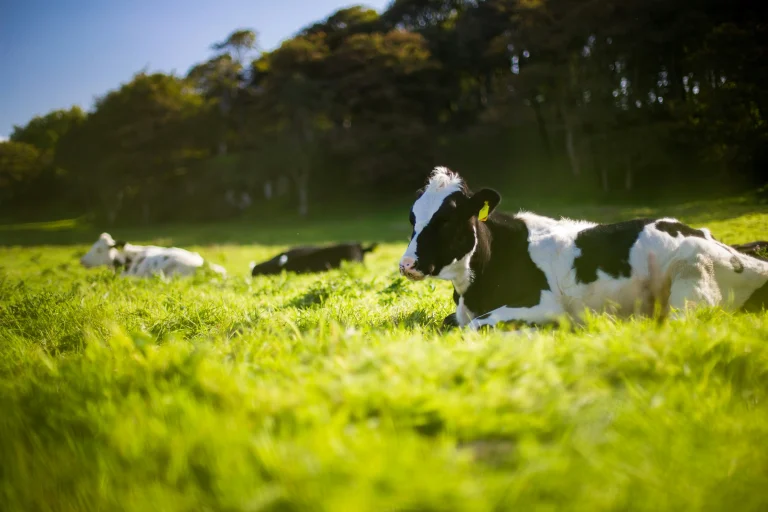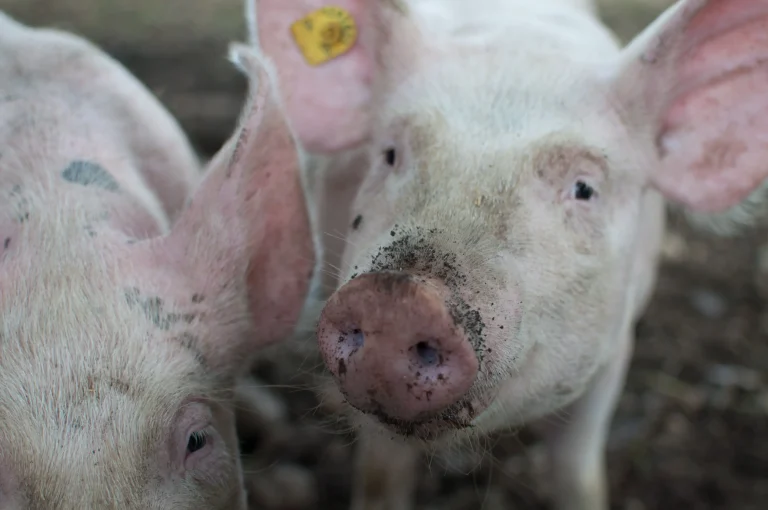Oilseed rape is a crop susceptible to numerous insect pests — but a study by Swiss scientists has shown that intercropping with faba beans or even artificial plants can reduce their impact.
A crop under siege
The crop has a multi-billion-pound market but faces threats from a complex of pests. This includes the cabbage flea beetle (Phyllotreta spp.), cabbage stem flea beetle (Psylliodes chrysocephala), rape stem weevil (Ceutorhynchus napi) and pollen beetle (Brassicogethes aeneus).
In some European countries, the area where oilseed rape is grown has dropped significantly in recent years, following a ban on ecologically damaging neonicotinoid insecticides that were previously used to control such pests, and the development of insect resistance to broad-spectrum alternatives.
A number of novel approaches are being tested to improve prospects for growers, including fungal pesticides and advanced monitoring technologies. Changes to land management and growing practices can also help — and researchers from the Swiss government’s centre of excellence for agricultural research explored the potential of intercropping.
Testing beans and decoys in the field
In a two-year study, they grew oilseed rape either as a monoculture, or intercropped it with either frost-resistant winter faba beans, spring faba beans which lack the frost resistance, or plastic artificial plants.
They found that the faba bean systems had wide impacts: feeding damage by cabbage flea beetle reduced, fewer cabbage stem flea beetle moved into the crop, there were fewer punctures on stems made by egg-laying rape stem weevils and fewer numbers of pollen beetle on each flower. Using the spring faba bean had a bigger impact on rape stem weevil and pollen beetle than when winter beans were used, while it also resulted in higher oilseed rape yield than when the crop was grown in a monoculture.
The scientists’ ‘fake plants’ also proved an effective intercrop. When compared to the monoculture, they observed reduced leaf damage by cabbage flea beetle, reduced steam punctures by rape stem weevils and reduced pollen beetles where the plastic imitations had been ‘grown’ with the oilseed rape.
Towards sustainable pest management
“The use of intercropping and/or companion planting systems to mitigate insect pest pressure is becoming a promising practice in integrated pest management,” the scientists wrote in the journal Pest Management Science.
“Our study was able to bring evidence of the protecting effect of oilseed rape and faba bean intercropping on the oilseed rape insect pest complex and its viability in terms of yield.”
The positive impact of the plastic faba bean substitutes provided evidence that visual and physical disruption of insects can prove an effective deterrent, they noted, but companion crops’ effects on oilseed rape chemical traits also need further investigation. They also underlined that spring faba beans’ hit pest insects in the spring, even after their death over winter.
“Understanding the mechanisms behind the protecting effect of intercropping systems will enable informed choices of companion plants which optimize crop protection and crop development to achieve successful sustainable cropping systems,” they added.
Key takeaways
- Oilseed rape faces severe pest threats since neonicotinoid bans and resistance to alternatives.
- Intercropping with faba beans reduces multiple insect pests and boosts yields.
- Artificial plants also proved surprisingly effective at pest deterrence.
- Spring beans delivered stronger protection than frost-resistant winter beans.
- Findings support intercropping as a viable tool for sustainable integrated pest management.
Want to read more stories like this? Sign up to our newsletter for bi-weekly updates on sustainable farming and agtech innovation.










